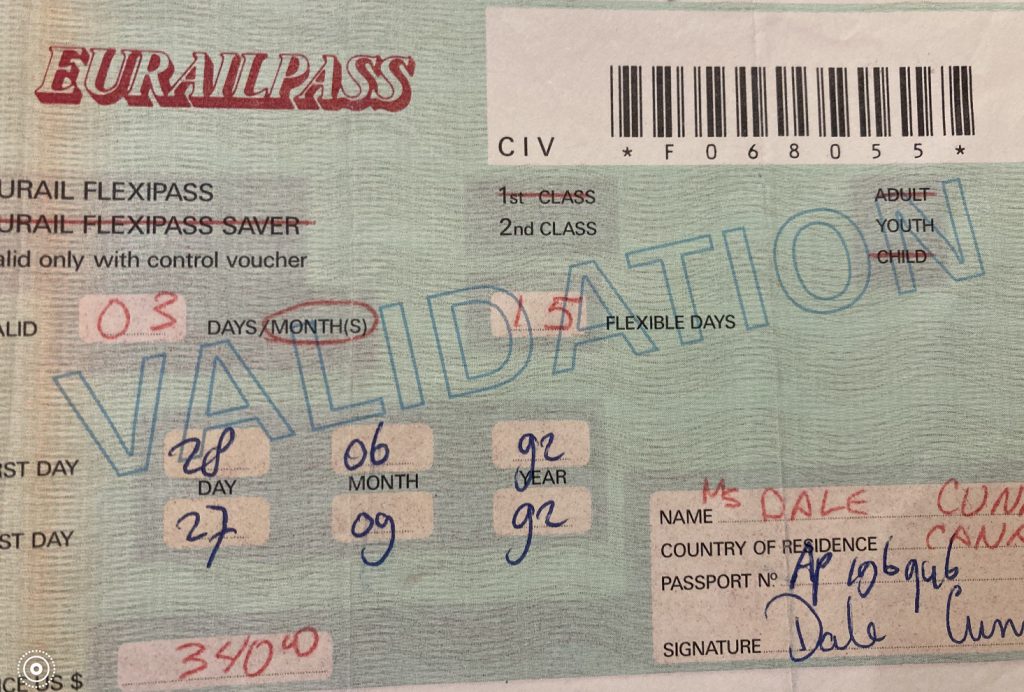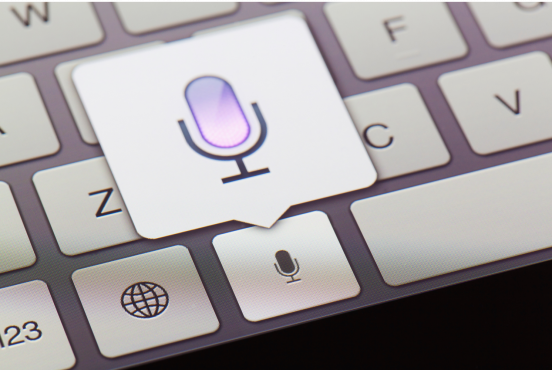This was my first time using voice to text technology. To simplify my decision of which applications to use, I decided to choose the most popular free App available in the iTunes App Store – Otter. The story I told, kept with the theme of my black leather bag from my first post, as I shared a few anecdotes from our trip where I purchased the bag back in 1992.
Voice to Text – European Vacation
Reading over the transcript of my story, I was really surprised at how accurate it was. The biggest issue with writing conventions were with punctuation. There were inconsistent use of periods and a new capitalized word would appear with no period to end the thought before. There were also several places where there were run on sentences with no punctuation at all. After listening to the recording, I did not notice any differences in my voice modulation so I am not clear as to why the program stopped and created sentences for some pauses and did not with others.
Sample of transcript:

There were some errors in the text such as when I said, “ 2 17 year olds,” and it ended up being 217 with no space and I repeated, “hard, hard” not very clearly and it was transcribed as “hardart.” The use of commas was for the most part correct and I was surprised to see the correct form of there and their, as they could have easily been mixed up.
If my story had been scripted it would have been structured in a more organized manner. I had some small areas of repetition and the overall flow at times was awkward. As I was speaking, I definitely had some run on thoughts and this caused me to pause in spots that were not natural breaks in the sentence. I also noticed I really like to use the phrase “right” and luckily the program did not pick up all the times I said “ah” and “uhmm”.
Gnanadesikan (2011) writes how during the process of dictation information can be lost such as intonation or emotional content. This means when writing a story the author must show this emotion using words. In the video excerpt of Ong, he speaks of how the new medium of written language reinforced orality but at the same time changed how we speak and how we need to know and understand the new medium of writing to know oral language (Ong, 2014). Ong goes on to explain how when we write we can “never dispense with orality,” because we sound out the words aloud or within our heads as we read them (Ong, 2002). Written and oral storytelling are connected and each is enhanced by the other.
References:
Gnanadesikan, A. E. (2011).“The First IT Revolution.” In The writing revolution: Cuneiform to the Internet. (Vol. 25). John Wiley & Sons (pp. 1-10).
Ong, W. [Aboud, Abe]. (2014, September 8). Walter Ong – Oral Cultures and Early Writing. [YouTube]. https://youtu.be/uvF30zFImuo
Ong, Walter, J. Taylor & Francis eBooks – CRKN, & CRKN MiL Collection. (2002). Orality and literacy: The technologizing of the word. New York; London: Routledge.









